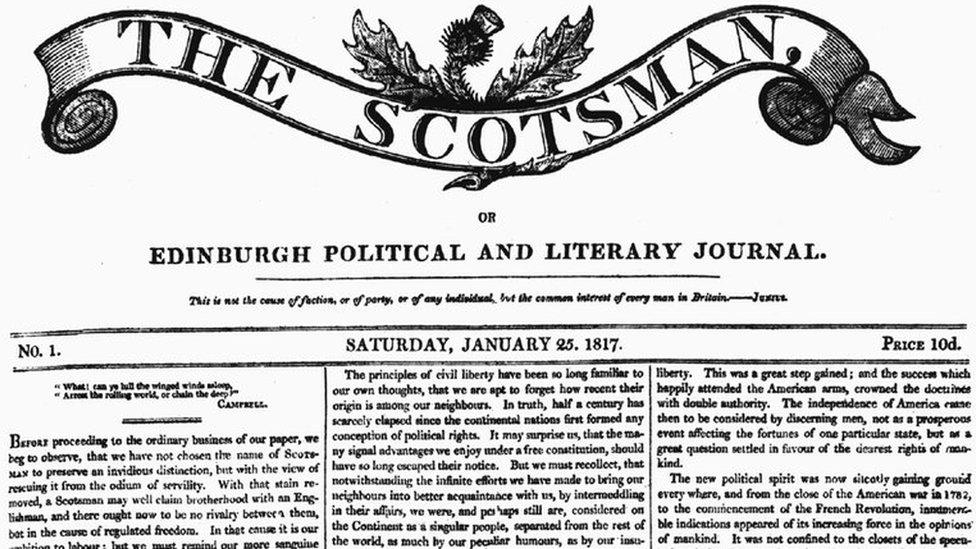The day The Scotsman had a sex change
- Published
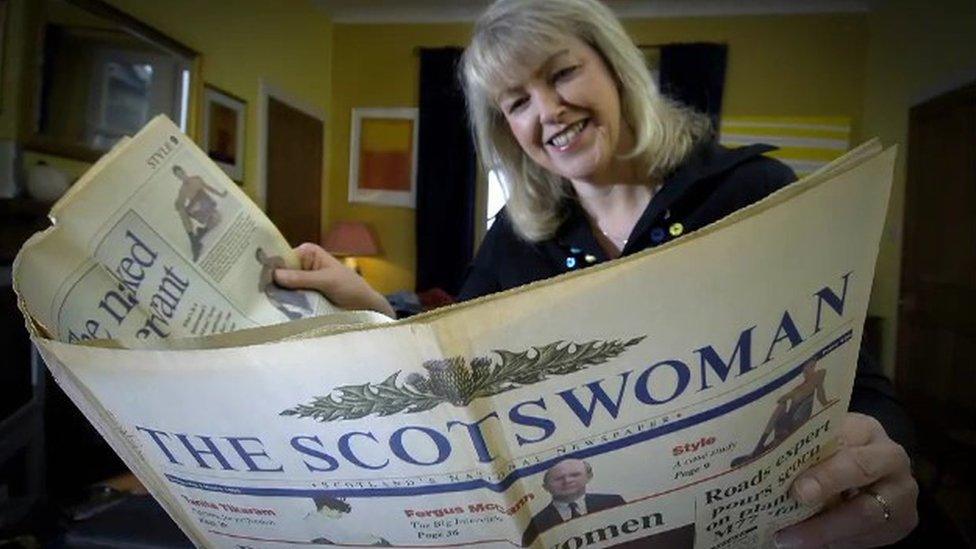
Assistant editor Lesley Riddoch looks back at the Scotswoman more than 20 years later
The Scotsman newspaper was first published 200 years ago but for one day in 1995 it decided to change gender.
The front page news on the first day of The Scotsman in 1817 was that Edinburgh now had a paper of principle.
The newspaper was first published on 25 January that year with a declaration of its intent not to be subservient to the establishment.
"It announced itself an insurgent newspaper," says Dr Alex Benchimol of Glasgow University.
"Its claims of firmness, independence, impartiality are, in a way, intended to highlight how the other newspapers at the time were not like that.
"If you go back and you read through the first 10 or 15 years of The Scotsman, it is a very idealistic, crusading newspaper."
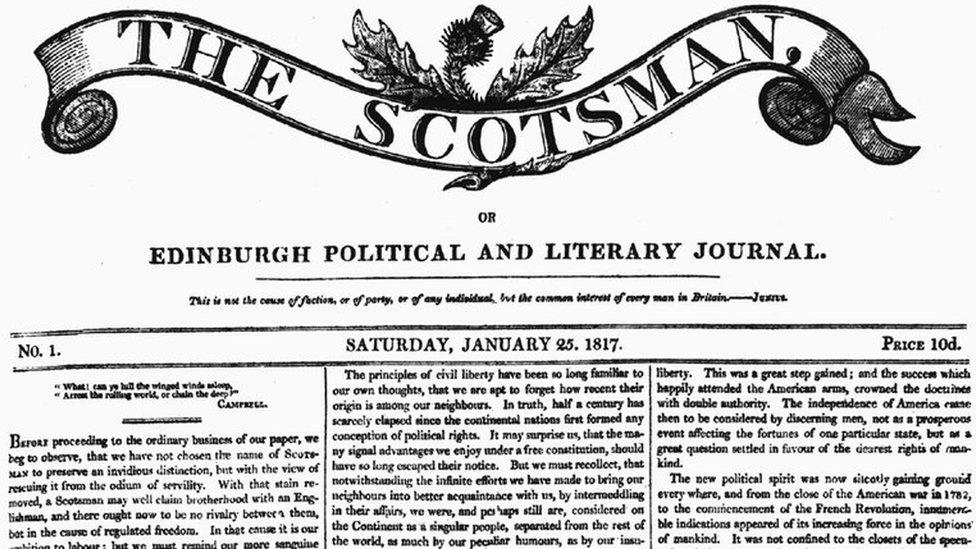
The first edition of The Scotsman was published in January 1817
One of the founders of the Scotsman, Charles MacLaren, took this to extreme lengths in 1829 when he challenged the editor of the Caledonian Mercury to a duel because he felt he had impugned the honour of his paper.
The two exchanged shots, missed, refused to shake hands and parted without apology.
Somewhere over the next century, as the paper's circulation grew and it laid claim to the title "Scotland's national newspaper", its crusading spirit was replaced with a desire to become a paper of record.
Whenever there was a committee meeting, a public speech or a civic soiree it would be entered into the Scotsman's desk diary and covered whether it was newsworthy or not.
Journalists discuss the ‘lunch hour’ drinking culture back in the day at the The Scotsman.
Andrew Marr, who worked as Scotsman reporter and parliamentary correspondent from 1981 to 1988, told the BBC documentary Paper Thistle: 200 years old The Scotsman: "Any Scottish MP who spoke in the House of Commons would expect a paragraph or two in the Scotsman the next day or would want to know why not."
He also told the programme about the incredible culture of drinking by the paper's journalists in 1980s.
As well as being traditional, conservative and establishment, the paper was "male-dominated".
The place of women within the set up was marked by the women's page, first launched in 1925, called Woman To Date.
Over the years there were various pages for the "ladies" but precious few women in the building to write them.
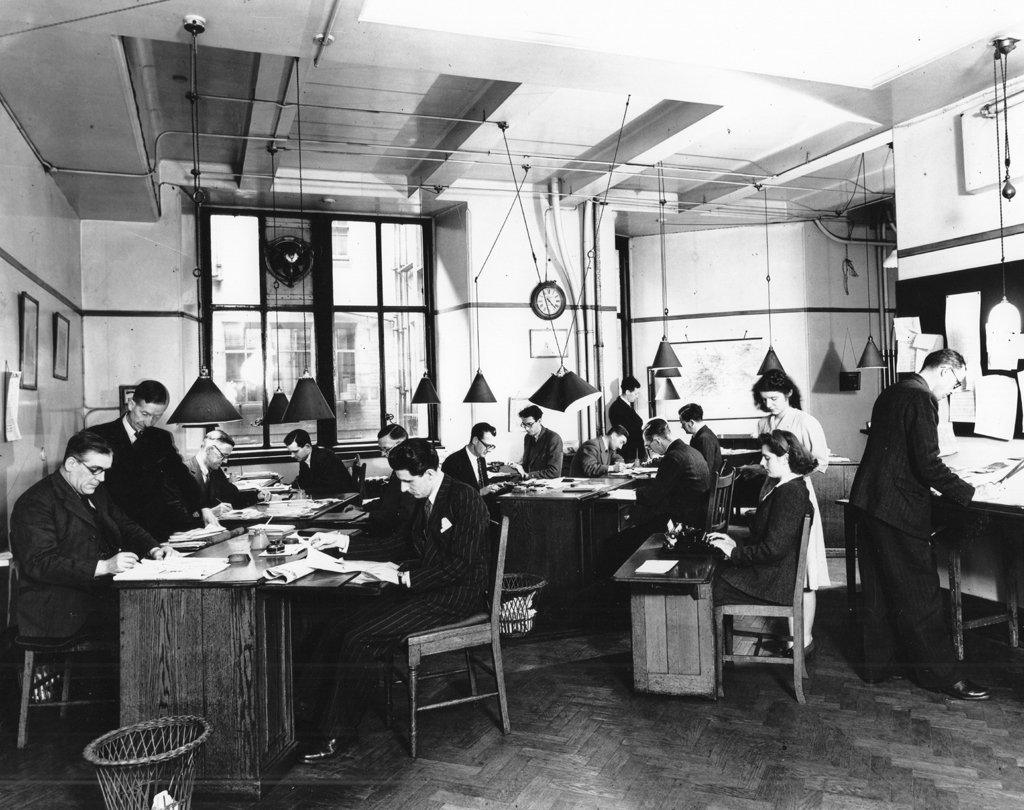
The Scotsman's newsroom in 1948
Throughout the 1950s and 60s male editors expected the women's page to be recipes, fashion and domestic delight.
By the 1970s female hacks had managed to escape from the women's page and were in the front line of Scotsman reporting.
Julie Davidson remembers being the only woman at press conference given by Conservative party leader Margaret Thatcher.
She says: "I put up my hand and asked her about the current movement for women's rights.
"She said 'I hate the expression women's lib', which I'd never used.
"She went on to denounce women's lib because it made women who stayed at home to bring up children feel inferior. Then she kind of cut me short, saying 'enough of that we'll bore the men'."
By the 1990s the Scotsman realised it was having trouble attracting Scotswomen and radical thinking was required.
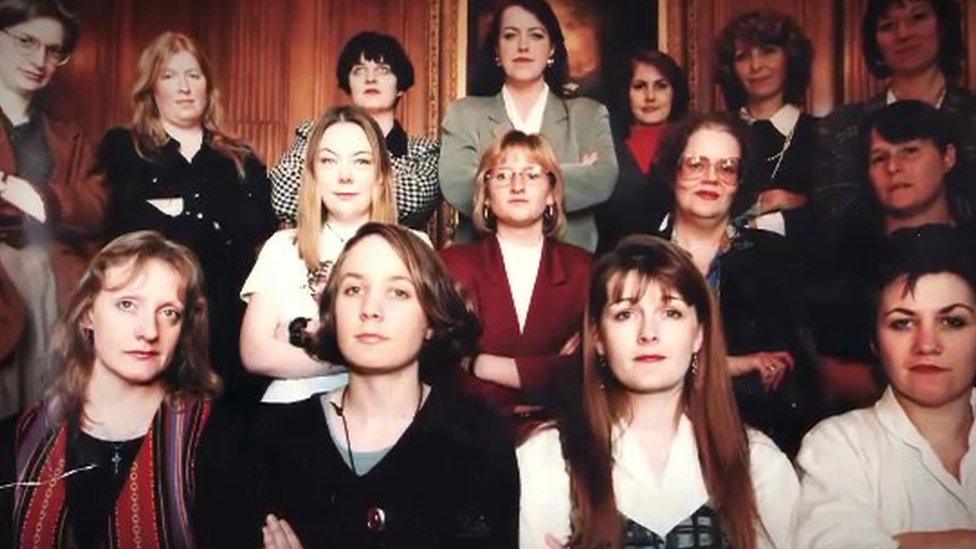
The women who worked on The Scotswoman in 1995
Lesley Riddoch, assistant editor from 1994 to 1999, said: "The guys upstairs were noticing that women were peeling away from The Scotsman.
"They concluded they needed to do something but they didn't know what it was.
"Sitting on an editorial board of 13 people, of which I was the only woman, it seemed kind of obvious to me.
"So finally one day I cleared my throat and said 'what about this idea'."

The Scotsman building on North Bridge was home to the paper at the time
Her idea was that the Scotsman would have a sex change for international woman's day and become the Scotswoman.
She says: "To my astonishment, at least half the guys on the board totally agreed with it, straight off."
"The idea of it was to say whoever edits a paper largely dictates its agenda, its outlook, the stories it selects. All these things."
It was published on 8 March 1995. All the editorial decisions were taken by women. The splash focused on equality, it had a tokenistic men's page and the Scotswoman made headlines all over the world.
Lesley Riddoch says: "I got phone calls with each time zone that woke up so I stayed up all night. There was a bit of a feeling of triumph."
It was the highest selling edition of that decade, however, the elation did not last.
Riddoch says: "I appeared in the normal Scotsman morning meeting the next day and I remember the editor of the day turned to me and said 'well yesterday was alright, Henry do you want to go through the sport'."
Paper Thistle: 200 years of the Scotsman is on BBC Two Scotland at 21:00 on Tuesday 17 January.
- Published30 November 2016
